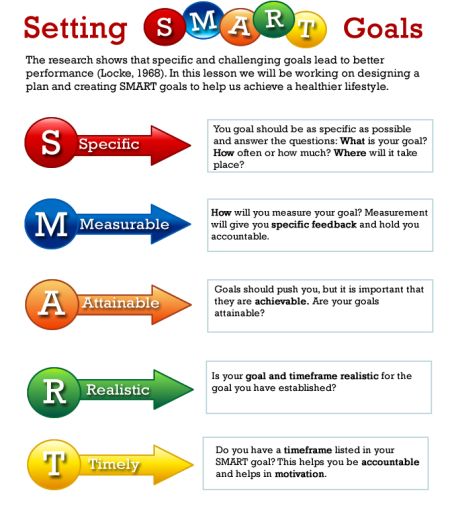An attitude refers to my opinions, beliefs, and feelings about aspects of our environment. We have attitudes toward the food we eat, people we interact with, courses we take, and various other things.
However, maintaining a positive attitude on a daily basis in the workplace is harder than you may think. Work is stressful and challenging, and most professionals face deadlines and obstacles on a weekly (if not daily) basis. This is not an environment that fosters a positive attitude – you really have to work at it.
We’ve decided to not only tell you how you can convey your positive attitude at work to your colleagues and superiors, but also why it is important and how you will benefit from this attitude shift.
1. Use Positive Language
No matter how long you’ve been with a company and how comfortable you may be around your colleagues, you should never use profanity. If it slips out in a high-stress situation we can let it slide, but you cannot swear on a regular basis. This is a professional environment, and the use of profanity immediately ignites a negative aura into its surroundings.
2. Never Criticize Anyone
There is a difference between criticism and constructive feedback. Always use the method where you begin by complimenting the individual on something they’ve done well, and follow it up with a suggestion on how to improve their performance. Also, ensure to have this conversation in private. The individual will respect your feedback, and also respect the fact that you brought awareness to the situation in a professional manner.
3. Stay Away From Gossip
Nothing eats away at a teamwork environment worse than gossip does. Whether team members are gossiping about colleagues or their personal problems, avoid the situation altogether. If you are caught in the conversation, act as a listener who does not provide any input. Maintaining a positive attitude at work means that you are a team player who provides all team members with respect. By refraining from joining a gossip circle, you can ensure that you maintain that level of respect.
4. Put Teamwork First
When a team member has performed well, let them know. Offering pats on the back and compliments on a job well done are two simple and easy ways to foster a positive teamwork environment. In the same regard, when the team is faced with an obstacle, be sure to offer solutions and next steps rather than focusing on the negatives. Approach each obstacle with a “glass half full” mentality and you will create a positive outlook that will catch on to the rest of the team.
5. Don’t Complain
Every day is not a good day – but don’t let everyone on the team know that. You may have been stuck in standstill traffic that morning, or experienced a 45-minute delay on your train ride, but you can’t let those variables affect your work. If you are in a foul mood, ensure you walk it off before you get to the office. That way, instead of ranting to your colleagues about how terrible your morning was, you can poke fun at your bad luck and give everyone a chuckle. Laughing at your unfortunate circumstances will keep the work environment positive, where ranting will add negativity and diminish the upbeat working tone of the office.






